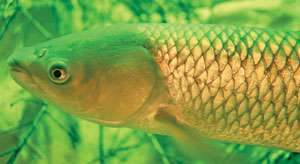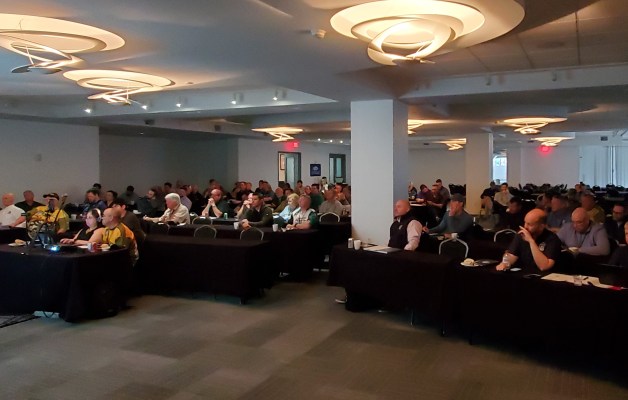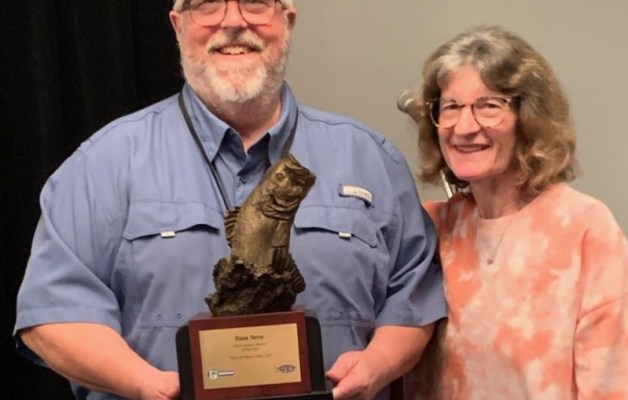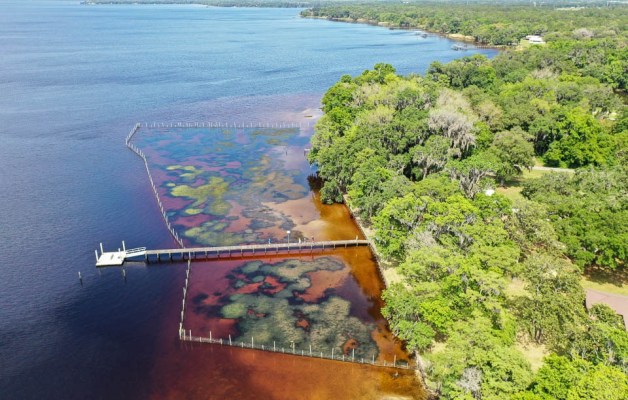
VICKSBURG, Miss. — Grass carp are the fish that bass anglers love to hate because of their voracious appetites for weedy habitat and occasional overstocking by lakefront associations and resource managers. Over the years, these exotic fish have destroyed many once-great fisheries for bass anglers.
Unfortunately, they also are a management necessity.
In lower densities, hydrilla provides great habitat. But left unchecked, it becomes impenetrable and it makes some waters anoxic and inhabitable for fish. Additionally, worrisome and expensive chemicals, combined with periodic drawdowns, have proved inadequate for controlling the fast-growing invasive plant.
“In trying to control hydrilla, we often get crosswise with the people I care the most about,” said Dr. Phil Kirk, an avid bass angler who is also a grass carp expert with the U.S. Army Corps of Engineers in Vicksburg.
During these tough economic times when almost everyone can use some good news, Kirk is working with Steve Miranda of Mississippi State and others on a promising management tool for grass carp that should make bass anglers happy. And it’s right out of a James Bond movie.
Within a few years, if all goes as planned, biologists will place implants into grass carp before releasing them. Then, when the hydrilla or other troublesome vegetation has been trimmed back to preferred levels, “poof,” the implants will be activated, releasing toxic chemicals that will kill the grass carp.
“We’re looking at a device that has a mechanical timer, as well as a polymer that erodes to trigger the toxicant, and another that can receive a magnetic signal,” said Kirk. “For example, you might put a cable across the mouth of a reservoir and then, if the carp start to move out of the system, the cable triggers the implant and kills the fish.”
Thus far, the scientists have obtained two patents, with more to come. “We’ve been working on this for five to seven years,” Kirk said.
“Taxpayers paid for this work, so we want to protect it. Once we’ve done that, we’ll look at licensing and development. That should happen during the next year or so.”
Creating toxicants that aren’t biohazards will take “creative people,” he continued, adding that this method almost certainly will be more economically feasible than control with expensive herbicides.
It also should be less destructive to fisheries.
Over the years, scientists have managed to come up with effective stocking rates for smaller waters. But for larger impoundments, that magic number has been elusive. As a consequence, either too few are stocked to be effective or, as is more often the case, too many are used, resulting in decimation of all aquatic vegetation as the carp live out their life spans of 10 years or more.
With internal implants, grass carp will die young, hydrilla will be managed, and bass fisheries will be saved.
| For more great stories and the latest bass fishing news, subscribe to BASS Times. Call 877-BASS-USA to order today. |





